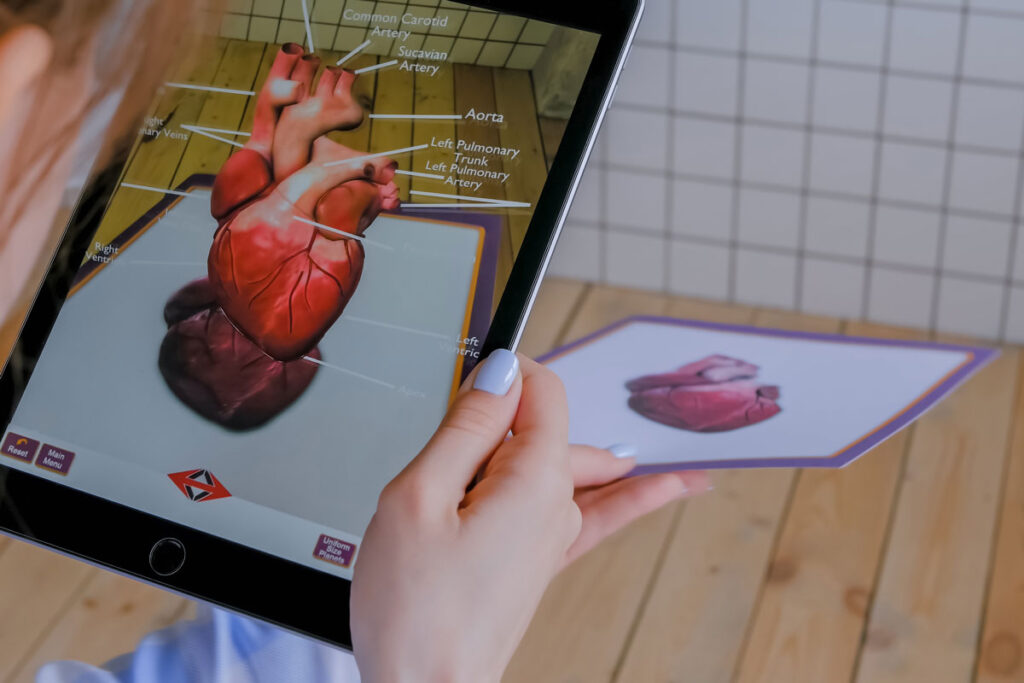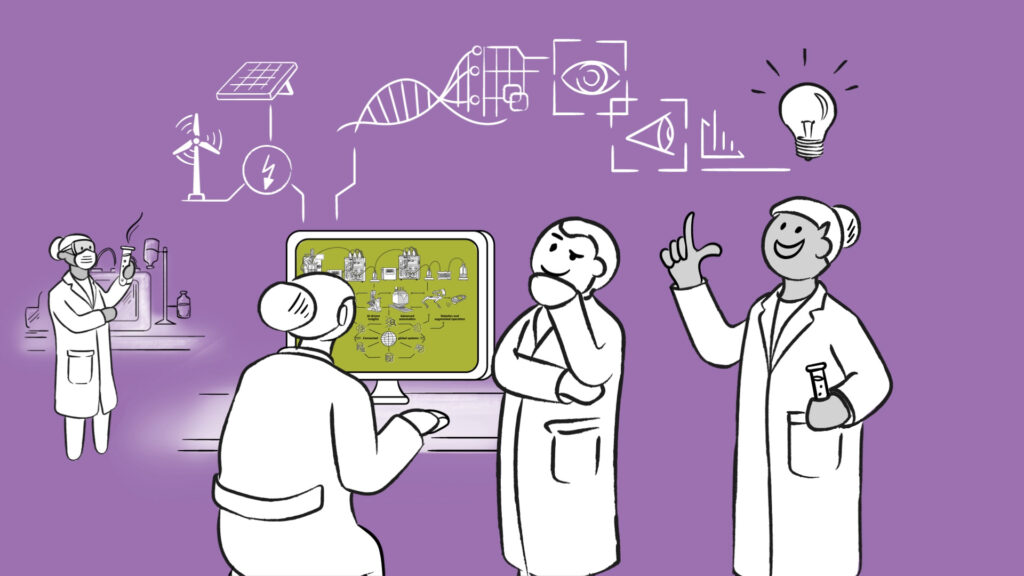3 Strategies for Gamification in Medical Education
Gamification in medical education has become increasingly prevalent over the last 5 years, and so there are plenty of strategies that you can learn from and borrow to build your own gamification programmes for your students. We’re going to touch on three of the most popular and effective examples here:
- Practising diagnosis with narrative games
- Maintaining engagement through achievement hunting
- Taking an immersive approach to education with virtual reality
Practising diagnosis with narrative games
In medical education in particular, the practical application of skills is a crucial part of learning. However, especially early on, those opportunities and experiences can be hard to come by. Narrative games, such as “Night Shift” – a training simulator designed to put students into the position of a trauma doctor – provide those practice sessions in a low risk environment.
In “Night Shift”, the student plays as the new doctor in town; assessing whether or not patients should be treated in the emergency room, or whether they should be sent on to a trauma centre. It’s a key practical skill that’s difficult to teach and get feedback on in a classroom setting.
However, the game isn’t just about the diagnosis and treatment of these fictional patients. Not only are “players” able to see the consequences of their choices and course of treatment, but there’s a whole world around the learning mechanic that makes the game that much more engaging. Blending the educational with the fun makes for an experience that students will actively keep coming back to as they try to get different outcomes by perfecting their diagnosis skills.
Maintaining engagement through achievement hunting
One of the most rewarding elements of video games is achievements. Whether it’s for completing portions of the story, finding hidden items and secrets, or doing something a certain amount of times, achievements can be a brilliant way of keeping content fresh and getting players to keep coming back for more. Introducing achievements or badges into your courses and syllabus – especially in the field of medical education – can therefore be a great way of encouraging students to keep coming back to the material.
One badge that has proven particularly effective for medical educators is a variation on the “marathon” badge, where students are rewarded for completing quizzes or similar tasks on a regular basis. Studying and revisiting material frequently, but in small chunks, is much more effective than cramming for exams. It becomes a lot easier to remember and recall information learned when studying like this, and it’s also a much healthier and sustainable habit in the long run. The marathon badge helps encourage this.
Other achievements might be around things like completing multiple modules, reaching a certain number of points, or getting a number of questions right in a row. Consider what you’d like your students to be working towards, and build badges and achievements around this.
Taking an Immersive Approach to Education with Virtual Reality
We’ve already touched on how narrative gameplay can help students build practical skills in a risk-averse, but effective way, but there are other ways to use gamification in order to support the development of clinical skills. Virtual reality is a perfect tool for medical education thanks to its ability to put students in high-stakes situations with a complete safety net; something that is almost impossible to achieve in the real world. Educators have used VR training to demonstrate mass trauma events, radiography skills, resuscitation methods and more, with a high degree of success.
The results of incorporating VR training into your syllabus really speak for themselves. Research and studies show that completing VR sessions can boost confidence, improve knowledge and knowledge recall, and improve overall presence and focus. This isn’t just useful for medical students either; practising medical professionals can also feel a lot of benefit from VR training, even after certification.











